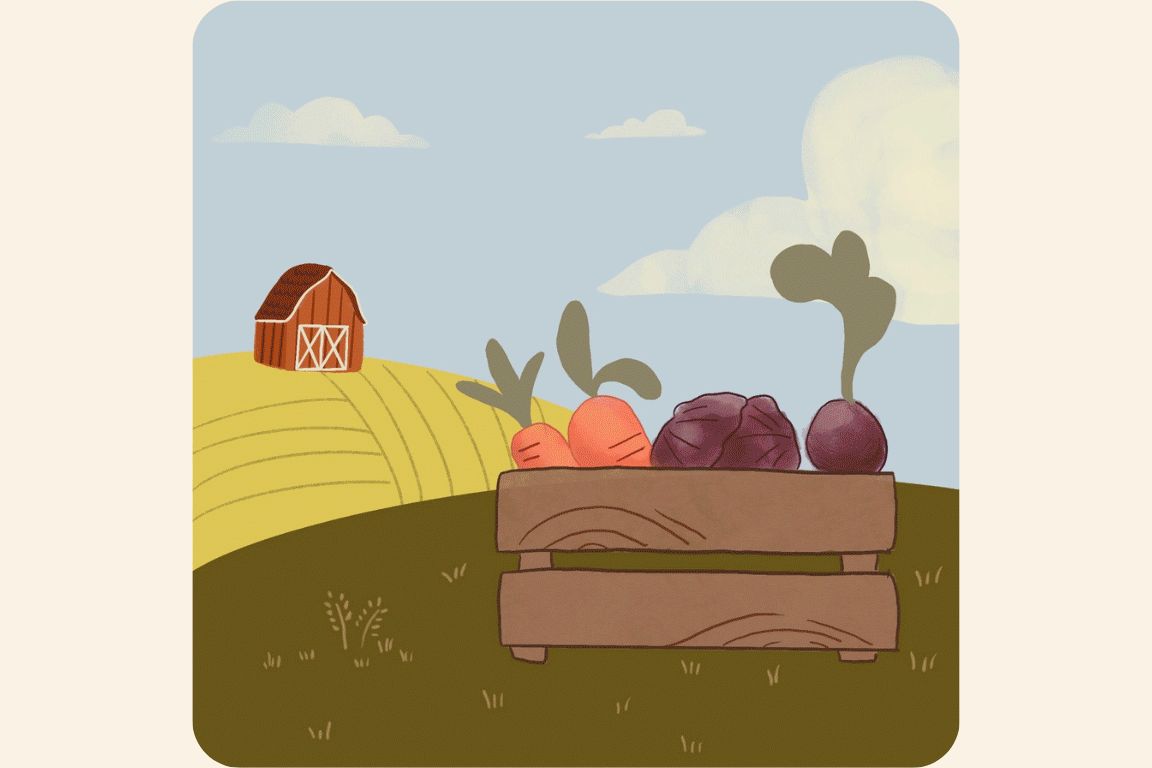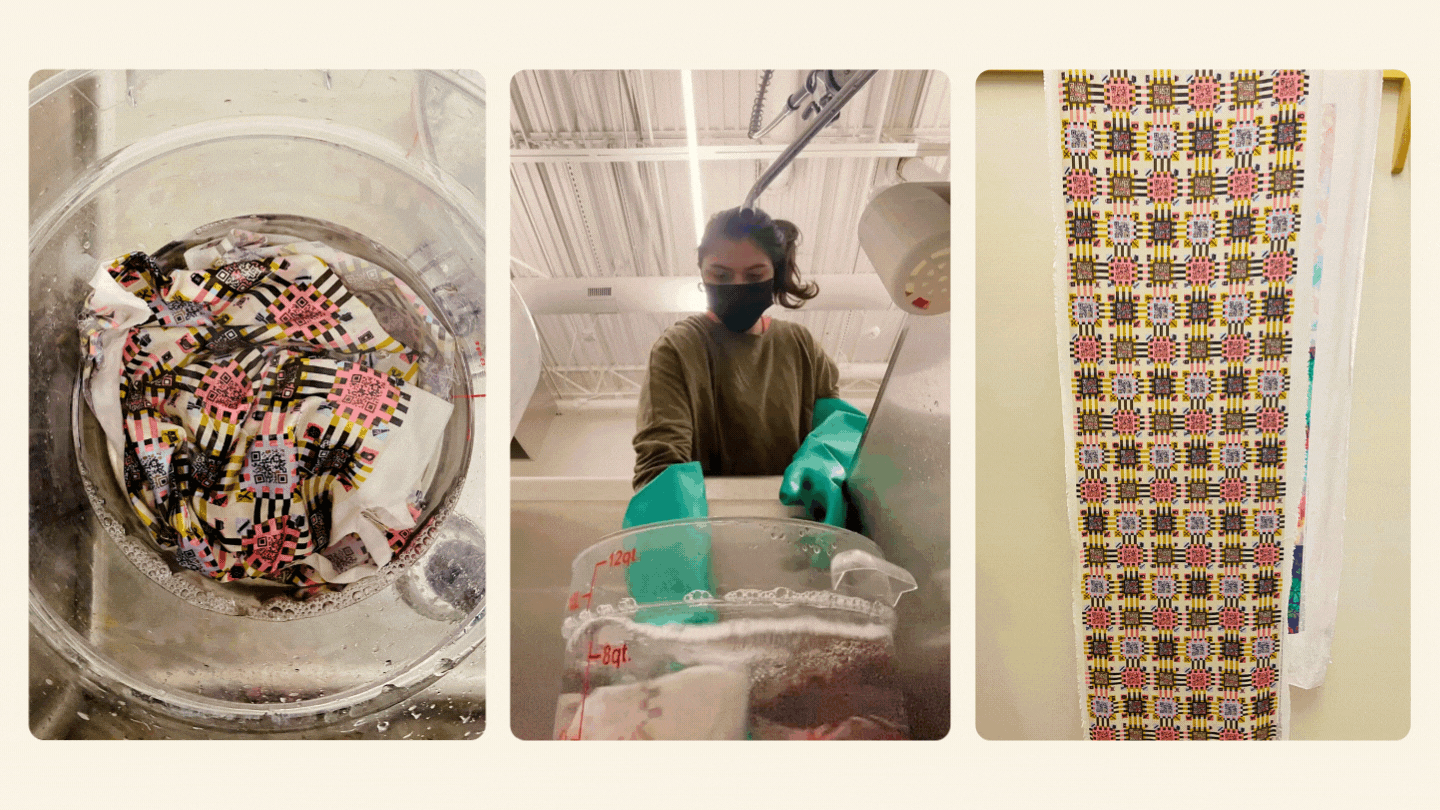

click here to view full slide deck

In the final year of my undergraduate studies at the Savannah College of Art and Design, I began the research for a project that would later become my senior thesis, Farm-to-Closet. After months of establishing its framework, the project was presented as an early concept for a farm-to-table restaurant that expands into a retail space.
Sourcing its ingredients from local and regional farms, the restaurant’s built-in shop offers visitors the opportunity to browse textile products that have been dyed using food waste from the kitchen. Through distinct attributes such as an in-house textile studio and a small-scaled dye house for artisans to work in, the comprehensive structure would exist to promote themes of community, circularity, interconnection, and sustainability.
The overarching aim of the project is to help people visualize the often unseen narrative behind supply chain operations, especially within the textile industry. By ideally making it easier to consider consumption habits and individual roles a more conscious-driven future can be build, the hope is that visitng the restaurant woudl build intentional relationships with makers and suppliers
Floor Plan developed by Hannah Turner, Renderings by Gabriela Paiotti Da Silva

The operational process ultimately seeks to extend the lifespan of our often discarded consumptions while uniting supply chain stakeholders.
Illustrations by Brianna Naughton
-
The story begins with the manner in which ingredients are sourced. Partnering with regional farms and producers, the restaurant’s final menu represents the efforts of its local environment
Benefits: Developing a food system that benefits families, local economies and the planet.
-
A more localized approach to gathering restaurant ingredients naturally leads to a reduced carbon footprint.
In addition, food proximity improves the efficiency of logistics that results in more budget-friendly transportation costs.
Pros: strengthens stakeholder relationships (farms, restaurant, families, and community members)
-
This is where we begin to expand from the traditional farm-to-table concept!
As chefs prepare dishes using local produce, they mindfully save food scraps that can be used in future textile dyeing.
In this stage of the restaurant’s process, direct communication is present between chefs and textile artists on how food waste should be stored for its next revival.
-
With the food scraps saved, textile artists will gather natural plant fibers (such as cotton or linen) from ethical suppliers to begin the dyeing process.
This step takes place in the restaurant’s built-in studio where customers have viewing access of textile production.
-
Once textiles have been dyed and dried, they will undergo construction by designers in the studio.
As menu items frequently adjust due to a reliance on seasonal produce, so will the items sold in the restaurant’s boutique. Each product sold will reflect the seasons in which food scraps were grown in.
-
The final product will be swiftly moved from the in-house studio to the adjacent shop. Here, merchants will determine the product’s markup while keeping in mind the efforts of all supply chain parties involved.
Names of each person who contributed to the final product will live on each item’s price tag for storytelling purposes.

Uniting my background in textile design and print & pattern development,
I wanted to create an opportunity at the table for visitors to engage with contactless storytelling.
Upon scanning a certain QR code within the pattern’s design, the visitor will be directed to behind-the-scenes videos of the restaurant and shop’s operations that document the following areas: farming practices, cooking process, textile dyeing / garment production, and retail marketing.
More about this project can be read separately here.

A heavy portion of developing Farm-to-Closet consisted of
in-depth research in the following areas:
How the restaurant industry has adapted to a post-pandemic world, consumer preferences shifting to local shopping, who is shopping local, which geographic areas are suitable for implementation, who are current competitors in this space, methods of distribution, and unique approaches to marketing strategies.
Further viewing of research conducted on market competition, target consumer analysis, and location of implementation can be accessed through the full deck.

















